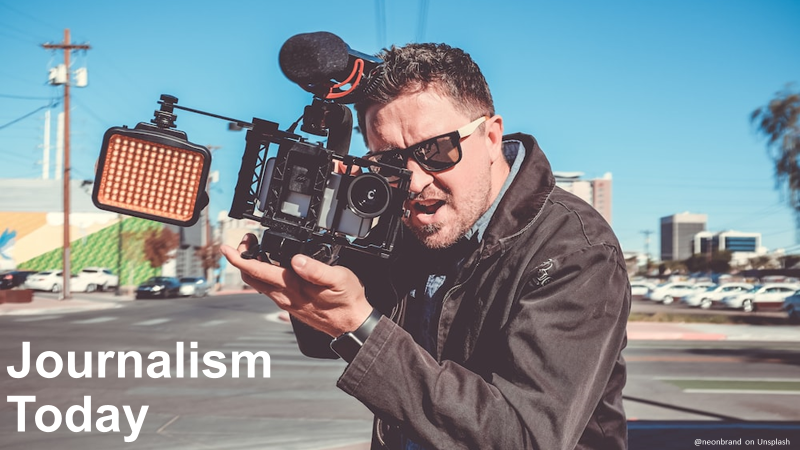You are here
Building New Media Organisations
Brisbane.
The third and last day of the CCi conference starts with a keynote by the fabulous Mark Deuze, author of Media Work. He begins by pointing to Henry Jenkins's work on convergence culture, and reminds us of the magnitude of that trend. Why is this happening, what is the context for this - how do media professionals work in this environment?
Media organisations are very well positioned to make sense of this from a production perspective - they are well placed to find new ways to tell stories across multiple (new) platforms, but in doing so reproduce mainly what they did before. We need to move forward beyond this approach, though: how do we start from scratch in developing new content forms and forms of participation which are native to the new (media) environment, characterised as it is by niche communities and diverse interests? (Mark's upcoming book Beyond Journalism tells this story for the journalistic environment.)
We experience society today as a series of temporary but intense experiences and engagements. This happens in the context of relationships we build with people, brands, institutions - intense but immensely changeable. Mark points to a few examples in this context - such as the Cubic Club, a set of containers in on a beach in Barcelona which are used as the temporary venue for dance clubs, events, and other very temporary happenings; the SoCo Cargo Experiment in Sydney, Adelaide, and Melbourne which created temporary entertainment zones (again in cargo containers) aimed at selling Southern Comfort. Another example is Hotel Móvil, a mobile 'hotel on a truck', the V-Box mobile temporary shop, the Stoli Hotel, a temporary Stolichnaya-themed hotel, and other forms of guerilla-style shops and entertainment settings.
Each of these examples is characterised by qualities such as impermanence, intensity, solipsism (that is, not simply individualised or personalised, but even more focussed on individual experience and worldview than these terms woud suggest), but also (at the very same time) participation in DIY media - there is no contradiction between solipsism and participation in this new environment. Key examples for these tendencies can be found in journalism (and new media work more generally). We make sense of new media as artefacts (now characterised by mobility and interoperability), and through our activities (and Mark points for example to Bliin, which streams a user's GPS location and Web- or mobile camera feed to their friends and makes their position visible on a Google map).
At the same time, these practices have a significant effect on established media institutions - one in four jobs in the American media industries has disappeared in the last few years; one in three journalists has seen one of their colleagues lose their job as a result of these changes, and they are now intensely worried about the security of their own job. (Media workers sometimes see themselves be described as 'people who cost their employer money'.) There is a general shift towards 'atypical', that is, non-contract-based, labour in the media industries - such work is intrinsically impermanent, and in a sense workers' jobs exist now only in their own heads (again, solipsistically).
Mark now points to the example of being on stage at a Barack Obama campaign event, which he - and many others in the crowd - experienced in good part through their cameras and other recording devices. In doing so, they construct their own (intense and solipsistic) recording of the world for later use and sharing. Journalism has traditionally dealt with this through letters through the editor, and now also does so through other forms of user contributions, discussion fora, blogs, or even to wholesale outsourcing to users (as in Scoopt or YouNewsTV).
Does this mean that journalism is dead? Commitment to media organisation has traditionally be permanent (subscriptions, commitment to watch the evening news at a set time, etc.) - but we now expect on-demand, personalised media experiences, which can be seen as undermining consensus and wide social engagement. Media organisations are historically very well positioned to let us not participate - nobody becomes a journalist with the intention to let others tell the stories. So, there is a great need to start from scratch, to build new media organisations which inherently embody the key characteristics of new media (impermanence, intensity, solipsism, participation); despite some of the problems associated with these characteristics, such new media organisations have a significant contribution to make.
- Snurb's blog
- Add new comment
- 10402 reads
 Printer-friendly version
Printer-friendly version

![Creative Commons Attribution-NonCommercial-ShareAlike 2.0 License [Creative Commons Attribution-NonCommercial-ShareAlike 2.0 License]](http://creativecommons.org/images/public/somerights20.gif)





Comments
Talk summary
Axel, thx for the excellent summary of my talk, and for covering the entire event! Through your words mine seem to make much more sense... it was a privilege being there at QUT. cheers, Mark.
Re: Talk summary
No worries, Mark. Good to catch up with you during your visit here - hope to see you again soon!